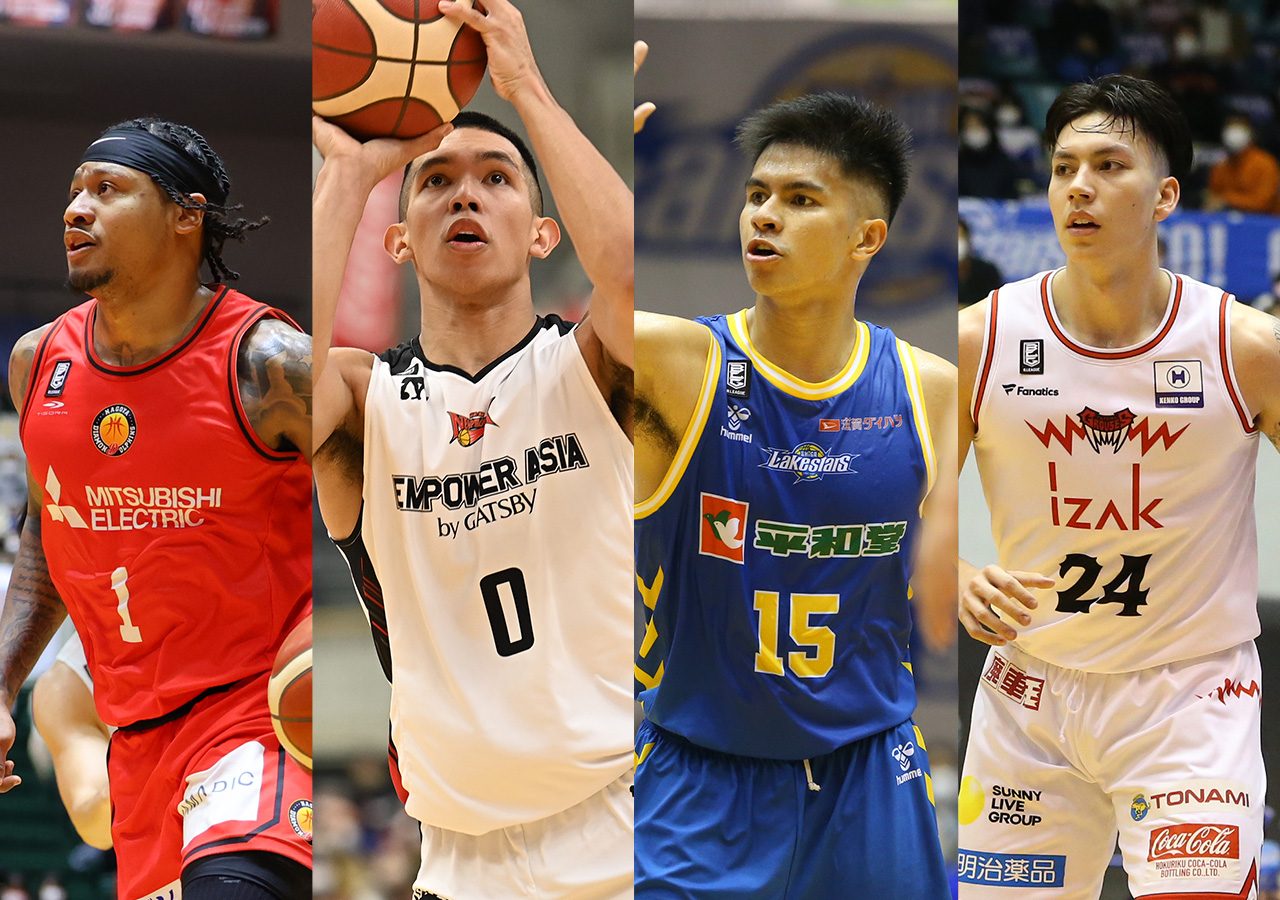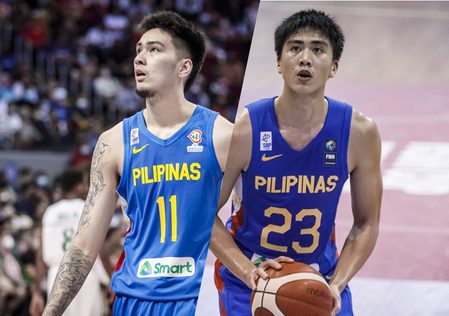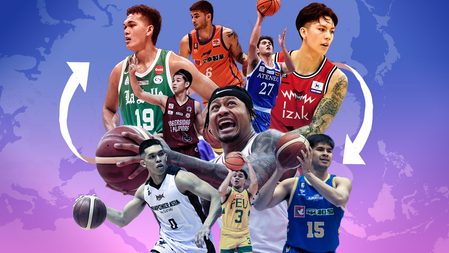SUMMARY
This is AI generated summarization, which may have errors. For context, always refer to the full article.

MANILA, Philippines – A week ago during a Senate hearing, PBA representatives painted a picture of an organization in dire need of government protection from outside forces that threatened the league’s viability.
A few days later, PBA officials flew all the way to Japan to tell their Japan B. League counterparts that the friendship between the two organizations might get blemished because the B. League’s recruitment of Filipino imports hurts the PBA and the training and development of the national team.
The two incidents, coupled with the Will Navarro controversy which blew up over the weekend, have left fans and avid followers of the sport shaking their heads, some in disbelief, some in bewilderment over the series of seemingly nonsensical decisions and actions made by basketball officials.
When the PBA said it will seek assistance from the Games and Amusement Board (GAB) to prevent instances of “poaching” by other Asian leagues, basketball fans and netizens found the commissioner’s statement perplexing, bordering on being laughable.
There is no “poaching” when one, the players involved, like Greg Slaughter, Matthew Wright, and Ray Parks, do not have existing contracts with PBA clubs, and two, if the players have not even applied for the PBA Draft, like Dwight Ramos, Justine Baltazar, and Thirdy Ravena.
The question of whether the Japan B. League gets in the way of the training and preparation of the Gilas national team is actually rather rhetorical. The numbers reveal that the B. League allows more liberty compared to the PBA for players to suit up for the national team during FIBA windows.
Filipinos from the Japan B.League, in truth, have suited up the most for Gilas Pilipinas in the FIBA Asia World Cup Qualifiers.
Respected FIBA writer and basketball commentator Enzo Flojo broke down the minutes of the national team members from February of this year in the World Cup qualifiers – 29.3% of the total minutes in the six games played by Gilas were provided by five Filipino imports from the B.League. Twelve PBA players contributed 29% of the total minutes played.
Each of the five B.League Filipino import has logged an average of 70.4 minutes in six games. The PBA players averaged 29 minutes each. Even college players from the UAAP averaged more floor time at 35.9 minutes compared to the PBA pros.
The issues that Philippine basketball faces, as Flojo eloquently described in a social media post, involve a multitude of layers, foremost of which are systems and structures in the local basketball landscape.
What should also be noted is that central to these layers of issues is the involvement of an entity, the PBA, whose credibility has continuously been eroded through the years because of the league’s own doing.
There are those who say that the PBA has lost its luster in the last decade or so. They cite the fact that the league is only able to draw crowds unless Ginebra takes the court or the conference finals is taking place.
There is also the growing belief that the PBA has been overtaken by the likes of the Japan B. League and the Korean Basketball League (KBL) as among the premier professional leagues in Asia alongside the Chinese Basketball Association (CBA).
There is clearly something wrong when an entity remains stagnant in its operations and offerings and is unable to respond to the ever-changing call of the times. It speaks of a lack of dynamism and creativity.
The fans know this. A number of sports media people say this. Even some of the players recognize it.
The first step in addressing a problem is to admit that there is a problem.
However, people running the league may have altogether dismissed the thought that there indeed is a problem. Or if they do acknowledge it, they refuse to attribute it to their own wrongdoings, instead pinning the blame on foreign pro leagues, greedy players seeking higher pay, and other external factors like rogue sports agents not accredited by the league.
The PBA has always been known to be insular and has for the longest time shown an obstinate refusal to welcome progressive ideas. It seems it does not see the need to adapt. There is no incentive for it to introduce innovations when the people behind it are content with the status quo.
The PBA is a vehicle that adds media mileage to the brands the ballclubs represent. The league, with its two hours of repeated mention of the team names during live broadcast on playdates, complements other company-initiated marketing campaigns of these brands.
There are even those who think that PBA teams are nothing more than expensive toys of tycoons, similar to Middle Eastern oil magnates and sheiks owning European football clubs, or Russian oligarchs buying professional sports teams.
Whatever the case is, the reality is that a PBA team losing regularly does not automatically equate to a decline in the brand’s sales. People will still pay toll fees and drive through NLEX even if it gives up its projected franchise player. Consumers will still settle their Meralco bills no matter how many times the club loses to Ginebra. People will still get intoxicated drinking San Miguel Beer and Ginebra even as these same people rant and complain about what they perceive to be “sagip-kapamilya” incidents happening under their noses.
So long as the Board of Governors are happy in what has been described by some as their old boys, mutual admiration club, then the league will not see the urgency of making any drastic changes to how they conduct business.
Besides, there is no sports body in the country that can police the PBA. It is not beholden to the basketball federation, the SBP, which is practically made up of people who also have their own interests in the PBA.
And that is why the PBA acts entitled to all Filipino players and issues bans on those who refuse to join the draft. The PBA crafts Uniform Player Contracts that are air-tight in protecting league interests over player interests.
The PBA thinks it can afford to ignore the backlash from fans who prefer seeing Navarro take his talents to the KBL. The PBA can twist narratives and make it appear that they are the poor victims of foreign leagues who do not know how to respect boundaries.
The league thinks it can get away with it. The question now is if fans will continue to allow the PBA to get away with it. – Rappler.com
Add a comment
How does this make you feel?







There are no comments yet. Add your comment to start the conversation.